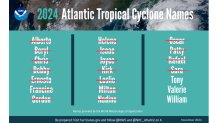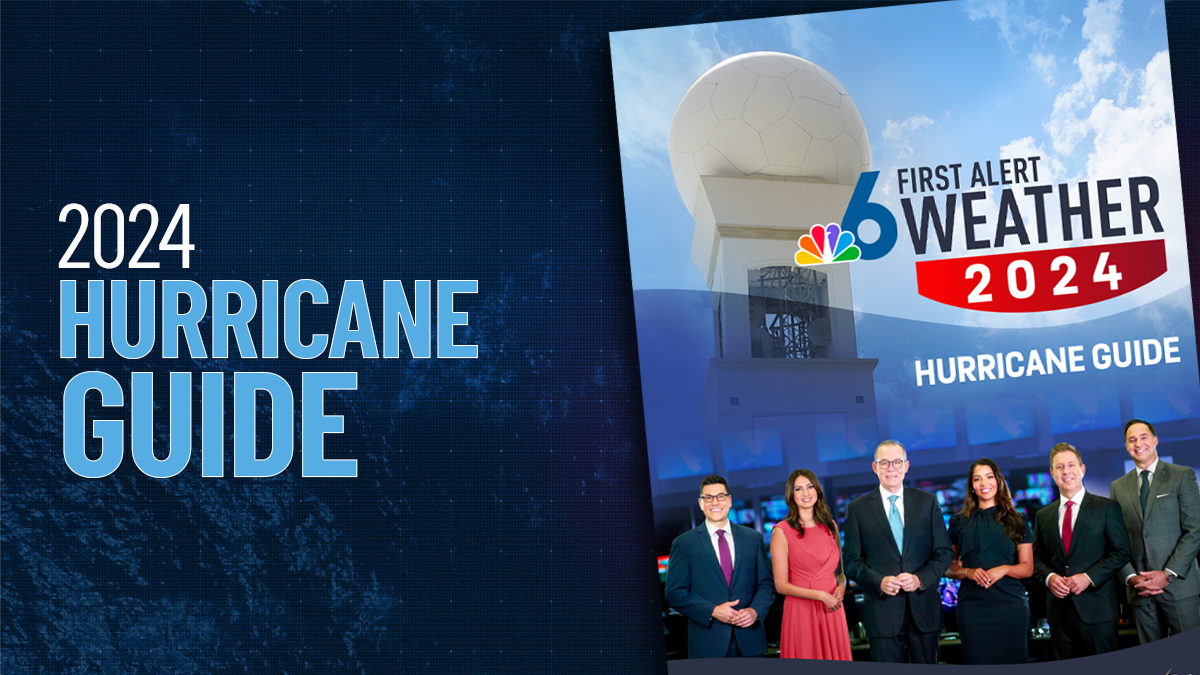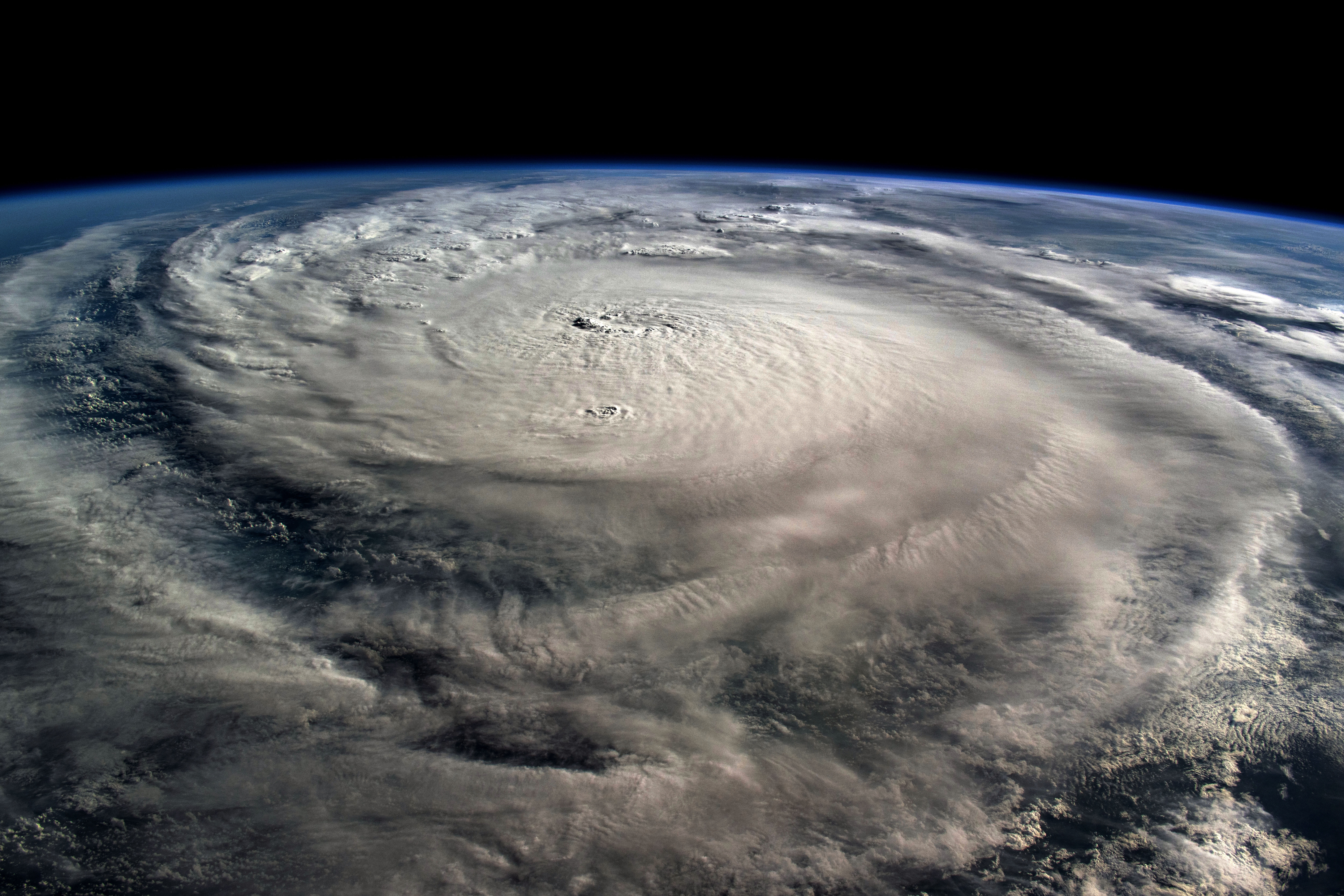The 2024 hurricane season is ending. It was catastrophically impactful.
The backloaded season ended with seven hurricanes forming in six weeks between Sept. 25 and Nov. 5 — the most ever observed for this period. Four of those were major hurricanes: Helene, Kirk, Milton and Rafael. Twelve named storms formed after the climatological peak of the season in early September.
Watch NBC6 free wherever you are
The season also featured a record-breaking start, followed by a peak-season lull.
Hurricane Beryl was the earliest Atlantic basin Category 5 hurricane on record. It razed Carriacou and neighboring Grenadine Islands in the southeastern Caribbean at the beginning of July, then went on weaken but still cause significant storm surge flooding across parts of Texas and Louisiana.
Get local news you need to know to start your day with NBC 6's News Headlines newsletter.
After Beryl dissipated on July 9, almost a month passed until Hurricane Debby formed in early August and went on to strike Florida’s Big Bend. Only one other storm formed in August — Hurricane Ernesto, which impacted the northeastern Caribbean and Bermuda. It took until mid-September before the hurricane season really got going in earnest.

Hurricane Helene made landfall as a Category 4 storm on the Florida Gulf Coast on Sept. 26. The storm caused catastrophic flooding across the southern Appalachians, widespread wind damage from the Gulf Coast to the North Carolina mountains and storm surge flooding along portions of western Florida. Preliminary data indicate that Helene was the deadliest hurricane to affect the continental U.S. since Katrina in 2005, with more than 150 direct fatalities, the majority of which occurred in North Carolina and South Carolina.
Hurricane Season
The NBC 6 First Alert Weather team guides you through hurricane season
Hurricane Helene marked the first time ever that NOAA’s National Hurricane Center (NHC) forecasted a system to become a major hurricane before it became a tropical depression or tropical storm. The National Weather Service was forecasting extreme rainfall totals and rates over western North Carolina more than 48 hours in advance.
Hurricane Milton made landfall as a Category 3 near Siesta Key, Florida, on Oct. 9 and resulted in a tornado outbreak that produced 46 tornadoes and caused torrential rainfall and localized flooding with total rainfall amounts of 10-15 inches (and higher). Milton produced a destructive storm surge between Siesta Key, Florida, and Ft. Myers Beach, Florida, including Charlotte Harbor.
Milton's rate of rapid intensification was among the highest ever observed, with a 90-mile-per-hour increase in wind speed during the 24-hour period from early Oct. 6 to early Oct. 7. That rate of intensification is what so impressed me, leading to that viral TV moment when Milton reached Category 5 intensity off the coast of Mexico’s Yucatan Peninsula. Alarmingly, there will likely be many more “Miltons” in our future.
Overall, the Atlantic basin saw 18 named storms in 2024 (winds of 39 mph or greater). Eleven of those were hurricanes (winds of 74 mph or greater) and five intensified to major hurricanes (winds of 111 mph or greater). Five hurricanes made landfall in the continental U.S. (besides the four mentioned above, Francine also hit the Gulf Coast).
The Atlantic seasonal activity fell within the predicted ranges for named storms and hurricanes issued by NOAA’s Climate Prediction Center back in May. An average season produces 14 named storms, seven hurricanes and three major hurricanes. Therefore, both the number of hurricanes and major hurricanes in 2024 was about 60 percent above normal.
Good riddance to the 2024 Atlantic hurricane season. I hope future ones will be less destructive. But I know better. And so should you.



